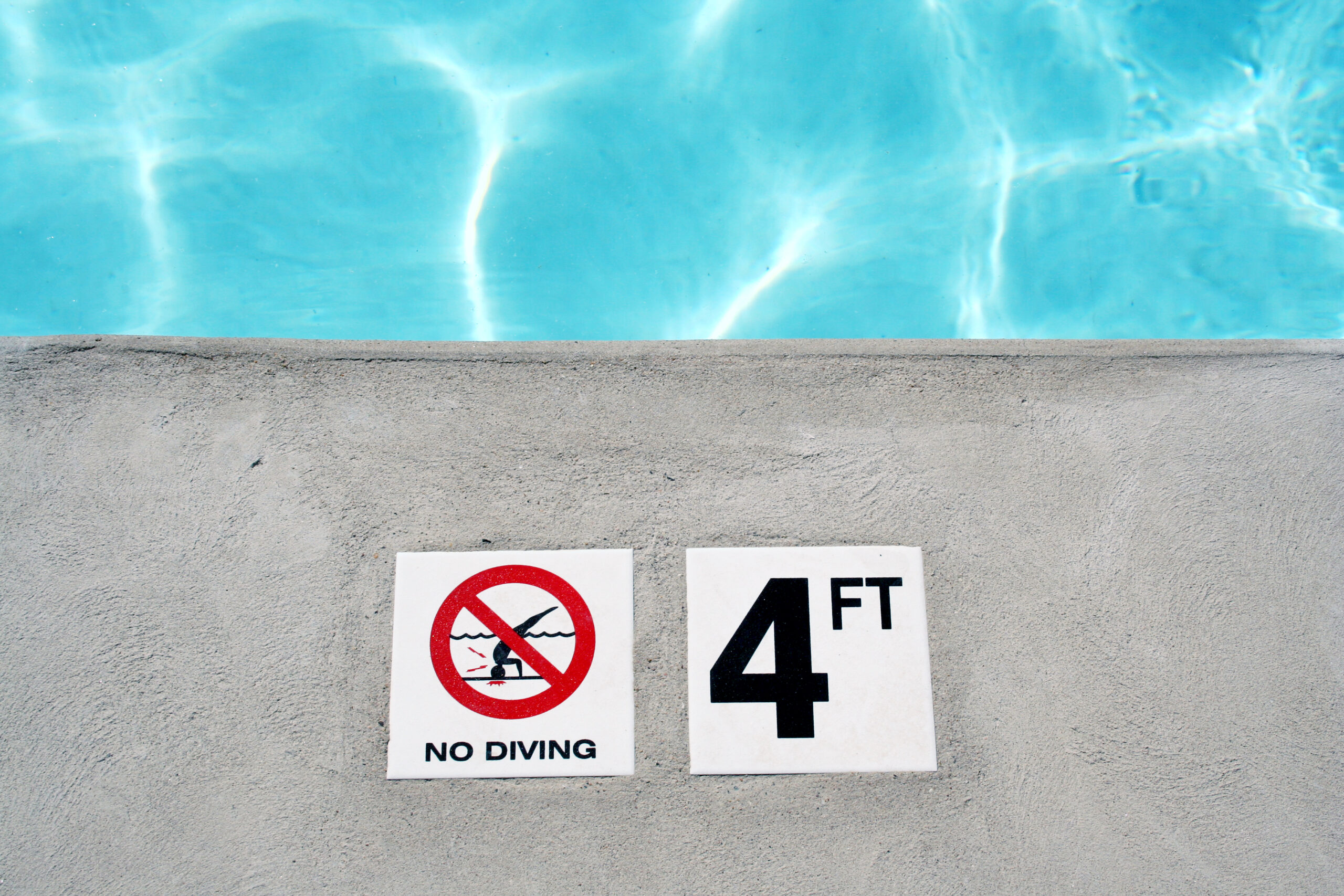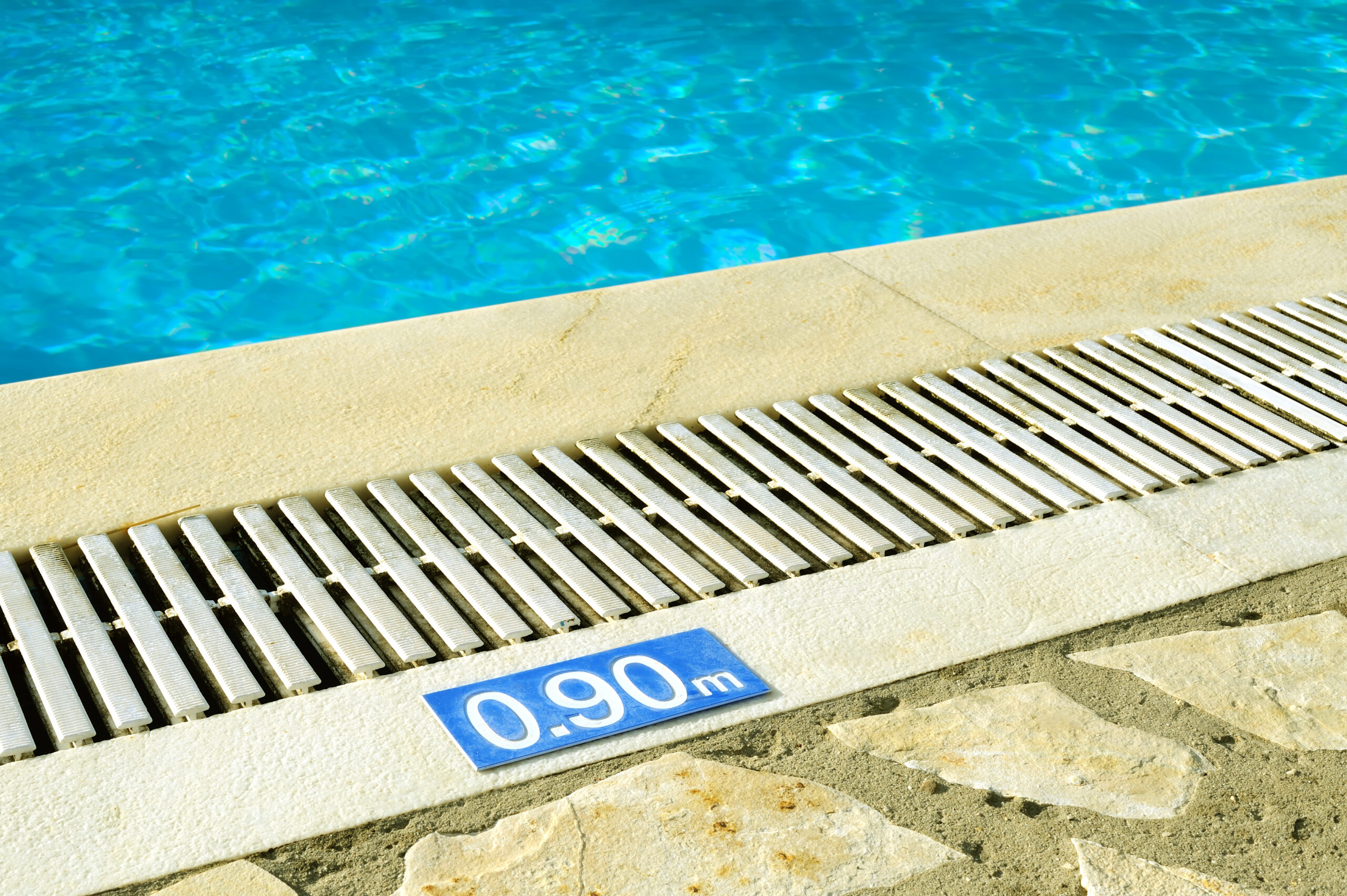You’re ready to dive into pool ownership, but you’re unsure about the right depth. Don’t fret! This guide will help you navigate through the choices.
Whether you’re planning family fun, serious laps or simply lounging, we’ll delve into safety considerations and cost implications to ensure your decision suits your needs perfectly.
Let’s plunge in and find that ideal pool depth for you!
Understanding Pool Depth Variations
You’ve got to understand that pool depth variations can significantly impact your swimming experience and safety. To grasp this, learn the art of depth measurement techniques. It’s not just about sticking a measuring tape in the water. You need to measure at various points – from both ends, the center, and different sides. This gives you an accurate picture of depth variations.
Pool design influence on depth is another aspect you can’t ignore. The shape and size would dictate how much variation can be incorporated without hampering safety or usability. For instance, a rectangular pool allows more graduated changes in depth compared to a circular one.
Remember, it’s not merely about aesthetics or convenience here; safety is paramount when deciding on pool depths. Too deep might pose risks for young swimmers while too shallow may limit activities like diving.
Understanding these factors isn’t just beneficial but necessary if you desire mastery over your swimming environment. So don’t overlook them while planning your dream oasis! Depth variation knowledge will lead to safer, more enjoyable swims for everyone using the pool.

Safety Considerations for Pool Depths
When considering safety for different pool depths, it’s crucial to think about who’ll be using the swimming area most frequently. Child-friendly depths are a must if kids will be regular users. Typically, a depth of 3 feet is suitable for children and non-swimmers; it allows them to touch the bottom while keeping their heads above water.
Drowning prevention strategies should be paramount in your planning process. Remember, deeper pools pose a higher risk, especially for inexperienced swimmers or children. Installing barriers like fences or pool covers can help prevent unsupervised access. Furthermore, consider setting up shallow and deep zones within your pool to accommodate all skill levels.
Training in life-saving skills such as CPR is also beneficial; these skills come in handy during emergencies. Additionally, enforcing strict rules like ‘no running’, ‘swim with a buddy’ and ‘adult supervision at all times’ significantly increases safety.
In essence, while deciding on your pool’s depth, take into account the varying abilities of everyone who’ll use it. Prioritize safety features that fit their needs best – because ultimately, a safe swimming environment ensures endless fun without worry.
Impact of Pool Depth on Pool Usage
It’s important to consider how the depth of a swimming area can impact its usage. Your choice should be informed by your intended activities and your comfort level in deep water.
If you’re an avid swimmer, training for competitions or practicing aquatic exercises, you’ll need sufficient depth to perform strokes without hitting the pool floor. A deeper end allows for diving or tumble turns safely.
However, if you primarily use your pool for relaxation or gentle workouts, a shallower design might be more suitable. This ensures that you’re always within reach of the pool edge or bottom – vital if your depth perception is less than perfect.
Consider also who will be using the pool – children or non-swimmers may feel more comfortable and safe in shallower areas where they can easily touch the bottom while their head remains above water.
Also remember that pools with varied depths require careful supervision and clear demarcation of transitions from shallow to deep ends. In such cases, accurate depth perception becomes crucial for safety.
Cost Implications of Different Pool Depths
Let’s now focus on how different swimming areas’ depths can affect your pocket.
Deeper pools are undoubtedly more expensive, both in terms of construction and maintenance. The deeper the pool, the more materials you’ll need, which directly impacts the cost of building it.
Depth Maintenance is also pricier for deeper pools. Consider the additional chemicals needed to treat a larger volume of water or the increased energy costs for heating it. Plus, cleaning equipment such as robotic vacuums may require more power to navigate greater depths.
But don’t overlook Depth Aesthetics either; depth can significantly impact a pool’s visual appeal. Shallow pools often appear inviting and vibrant due to sunlight reflecting off their bottom surfaces while deeper pools evoke a sense of mystery and allure.
Consider your budget carefully when deciding on pool depth but remember that cheaper isn’t always better. You must balance financial considerations with usability and aesthetic desires to get maximum enjoyment from your investment.
Remember: depth doesn’t just change how your pool looks or how you use it – it changes what you pay too, both initially and over time. Mastering this aspect will help ensure your pool investment pays off in satisfaction as well as cents saved.
Making the Final Decision: Selecting Your Ideal Pool Depth
You’ve weighed the costs, and now you’re ready to finalize what swimming area’s depth suits your needs and aesthetic preferences best. Remember, this decision isn’t just about depth aesthetics; it’s also about depth maintenance. You must create a balance between beauty and practicality.
Here are some factors you should take into consideration:
– Safety: If kids or non-swimmers frequently use your pool, shallower depths might be safer.
– Usage: For lap swimming or diving, deeper pools are essential. But if it’s mostly for relaxation and play, a shallower pool could suffice.
– Depth Aesthetics: Deeper pools tend to look more inviting and luxurious. The color of your liner can also affect the appearance of depth.
– Depth Maintenance: Deeper pools may require more chemicals for treatment and possibly higher utility bills due to increased pumping requirements.
– Local Regulations: Check local codes as they may stipulate minimum and maximum depths.

Frequently Asked Questions
What Are the Legal Regulations Regarding Pool Depth in My Area?
You’ll need to investigate your local municipal codes for depth safety rules regarding pool construction. It’s crucial you’re complying with these regulations to ensure a safe and legally approved swimming environment.
How Does the Pool Depth Affect the Maintenance and Cleaning Process?
Deeper pools require more effort to clean, increasing your maintenance time. Considering depth safety and versatility can help balance cleaning needs with functionality. It’s essential to weigh these factors when deciding on pool depth.
Can I Change the Depth of My Pool After It Has Been Constructed?
Yes, you can change your pool’s depth after construction. However, it’s a complex process that involves depth perception and safety measures. It’s best to consult professionals for a detailed plan and accurate cost estimate.
How Does Pool Depth Affect the Type of Pool Cover I Should Use?
Your pool’s depth affects the type of cover you’ll need. Deeper pools require more durable covers for safety measures. It’s essential to choose a cover that can withstand the extra pressure and weight.
What Are the Environmental Implications of Choosing a Deeper Pool?
Choosing a deeper pool increases your water consumption and energy usage significantly. It’ll take more to fill, heat, and maintain it. Consider environmental impact before making your decision-it’s not just about personal preference.
